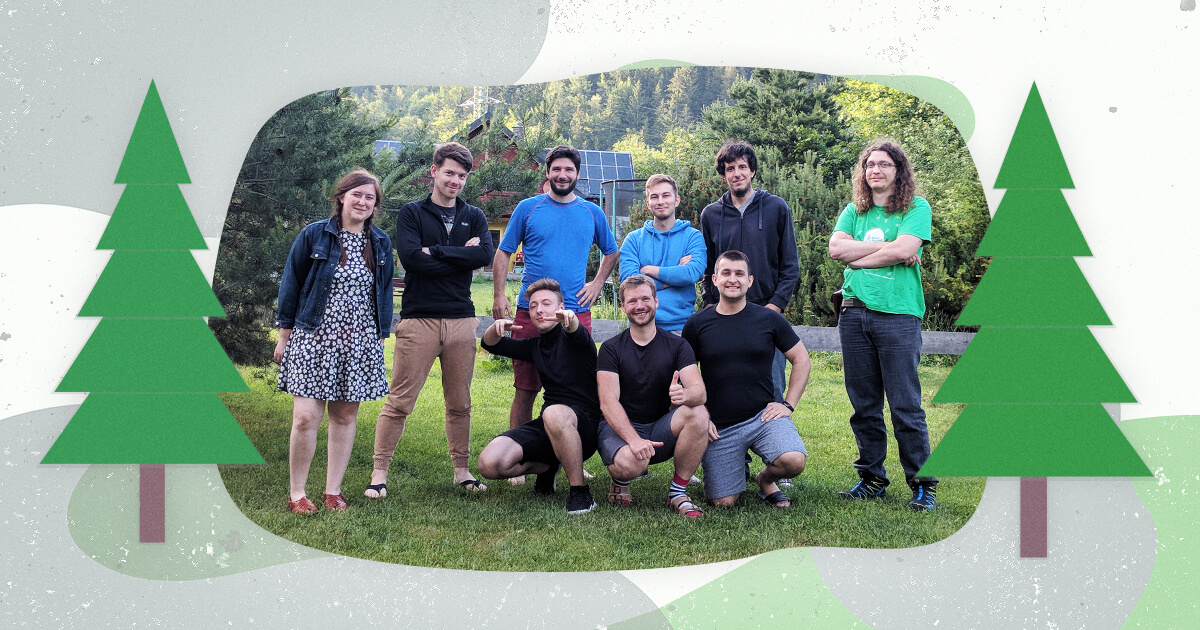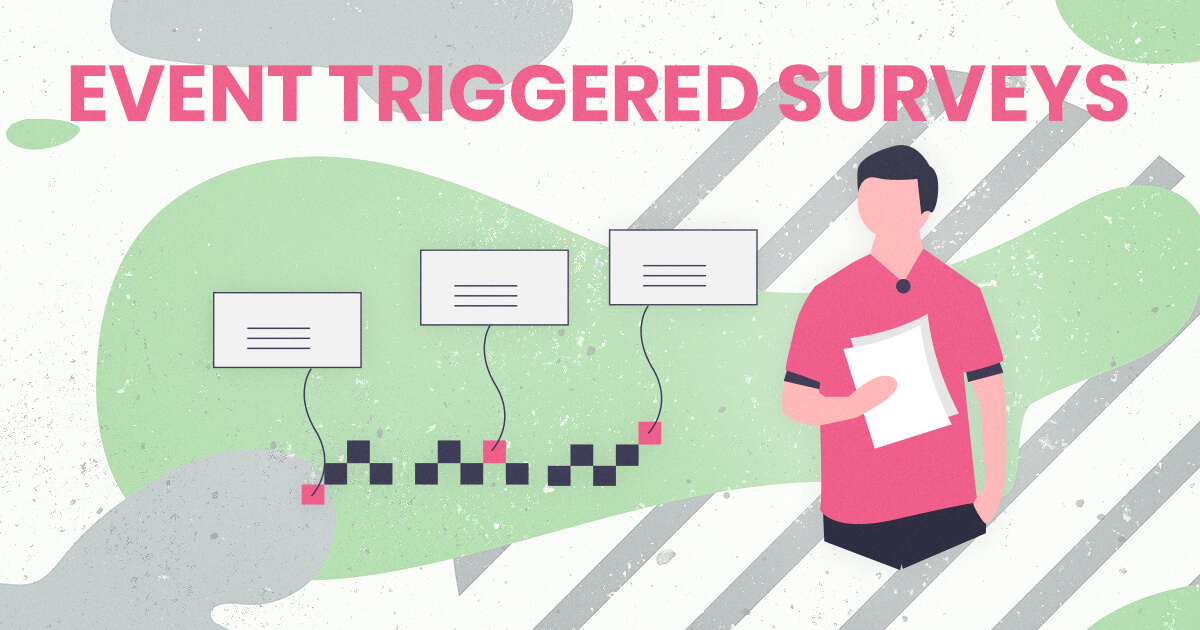In this article we’re going to be talking about retreats and get-togethers for entirely remote teams. While you might think that they’re an unnecessary expense, we’ve just returned from our first which was a great success. I’ll be discussing what we got out of it, the planning involved, and why we decided to do it in the first place.
Our Remote Team
As you might know, one of the things that means a lot to us at SatisMeter is remote work. Our team is located across Europe and hails from five countries. The flexibility this provides is valued by each of us, and means we don’t have to compromise when hiring.
However, remote work also means that we tend to miss out on something that’s of value to any company, face to face time with colleagues. That’s why last week we got the whole team together for the first time in the beautiful Krkonoše mountains.
The SatisMeter retreat was really valuable for us as a remote company. We wanted to get fired up about continuing to improve SatisMeter, get to know each other outside of work, and have fun. This was our first company retreat, and while far from perfect we achieved all of these things.
Read on to learn about:
- Why — 4 goals for remote team retreats
- How — how to manage budget, schedule, and logistics
Why?
A question any CEO needs to ask themselves before committing to an action for their company. Especially one which uses precious time and money, without any of the most obvious business output, profit.
So what precisely were the benefits we wanted to achieve in bringing our remote team together for 5 days? We had four things in mind.
1. Get to Know Each Other
For us the most important (although perhaps the least obviously business oriented) was for everyone to get to know each other. A number of the excellent people who make up SatisMeter had never actually met, and still more of us had not worked together directly in a meeting of less than seven people!
Time and time again it’s been shown that workers who know and get along with their colleagues stay in their jobs for longer, are more productive, and less likely to suffer from workplace stress or burnout. In the long-term, making your team a team (and not just an assortment of video conference heads) pays off.
2. Team Alignment
Making sure everyone is on the same page is a vital task at any workplace, but all the more so for teams that are remote. Our retreat was a chance to define company goals, working roles, and our general outlook.
Spending time together talking generally about work (not during a meeting with one or two defined aims) really brings out the differences in priorities people have about what they do. Differences of opinion are a good thing, provided you know about them and have a plan for unifying them at some stage. A company retreat is the ideal time to do so.
3. Redefine Vision and Strategy
Like most SaaS businesses, our roadmap is something which changes all the time, but there are moments when it pays to take a really big step back and look hard at the whole picture.
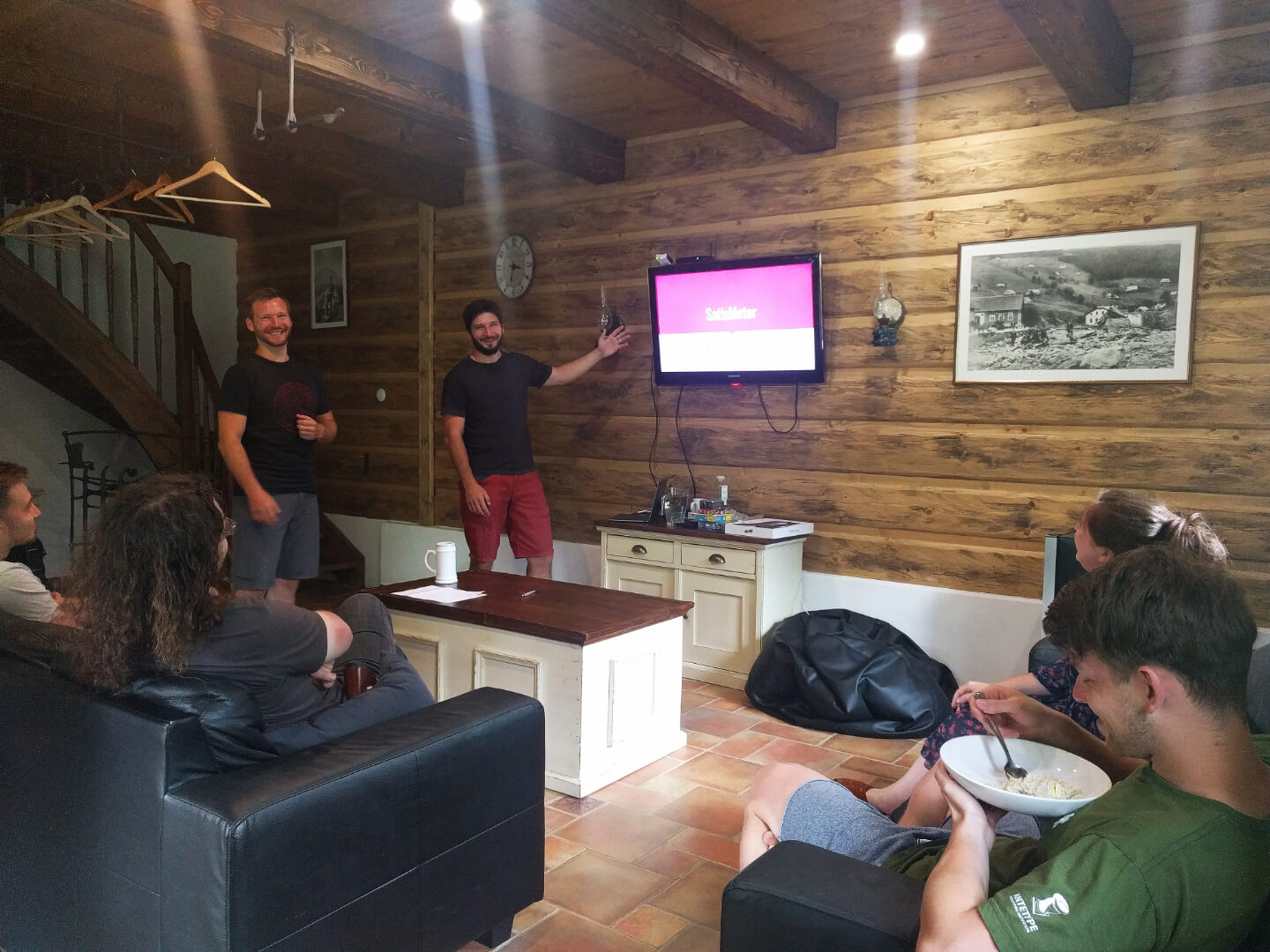
With a big increase in our team size, a first brand sprint under our belts, and significant product changes on the way, this was one such moment for us.
Before we started planning we knew that some workshops on company vision and unpacking complex concepts were going to be a vital part of our week. By prioritizing these in our schedule and optimising them for the fact that we were physically together, we generated a lot of great new ideas.
Big-Picture Workshops – Our Tips
- Prioritize these in your scheduling, preferably over several days
- Make sure someone or something is taking notes!
- At least attempt to stick to timing for workshop settings, things get chaotic quickly otherwise
- Break into groups you don’t normally work with (stick developers with marketers, interesting things happen!
- When you’re done take a break from the topic, but come back to it the next day, ideas ripen while you do other things.
4. Work Together in Person
Anyone who works remotely with occasional face-to-face time will have likely had the same experience as us. During any physical meeting you’ll manage to cover all sorts of things which weren’t on the agenda, giving productivity a real boost. We strive to recreate this effect in the ways we work remotely, but have found that nothing replaces the real thing.
This was (thankfully) something we could rely on happening naturally, we knew that if we put our team in the same place with all the equipment they normally use, impromptu sessions were going to take place. Though during a retreat the amount of day-to-day work done might suffer, on returning to normality a lot of things are likely to get done fast.
How
Knowing that we wanted to get the team together, and what we wanted to achieve was simple enough, what’s left is to figure out how to actually make it happen.
Our three largest concerns here were budget (both in terms of time spent and actual money), scheduling, and logistics. If you don’t fancy reading all this we’ve made the planning doc from our retreat public, so anyone can check it out. If you use Notion, you can even duplicate it to use as a template.
Retreat Planning – Cheat sheet
- Time & Location, Accommodation
- Transportation (local and long-distance)
- Schedule – work/play/day-trip
- Food and equipment
1. Budget
The big ticket items here in terms of cash were accommodation, transport, and food. Another important factor was that while the retreat should take place during the working week (we are firm believers in work-life balance, weekends matter!), we did not want to dedicate too much time in the weeks previous to planning. Seamless organisation would mean man-hours saved.
We were lucky in that although we are remote, a lot of us live in the Czech Republic (which is also handily located in the centre of Europe). Picking a location here kept our transport costs down, and accommodation is not too pricey (around €900 for a fairly swanky cabin that fit us all).
When budgeting for your retreat the principles are fairly simple. If you want to save money go off season, pick somewhere as close to as many people as possible, and be flexible. We had originally wanted to go tour Southern Czech wine-country, but costs and complications lead us to quickly decide it wasn’t worth it.
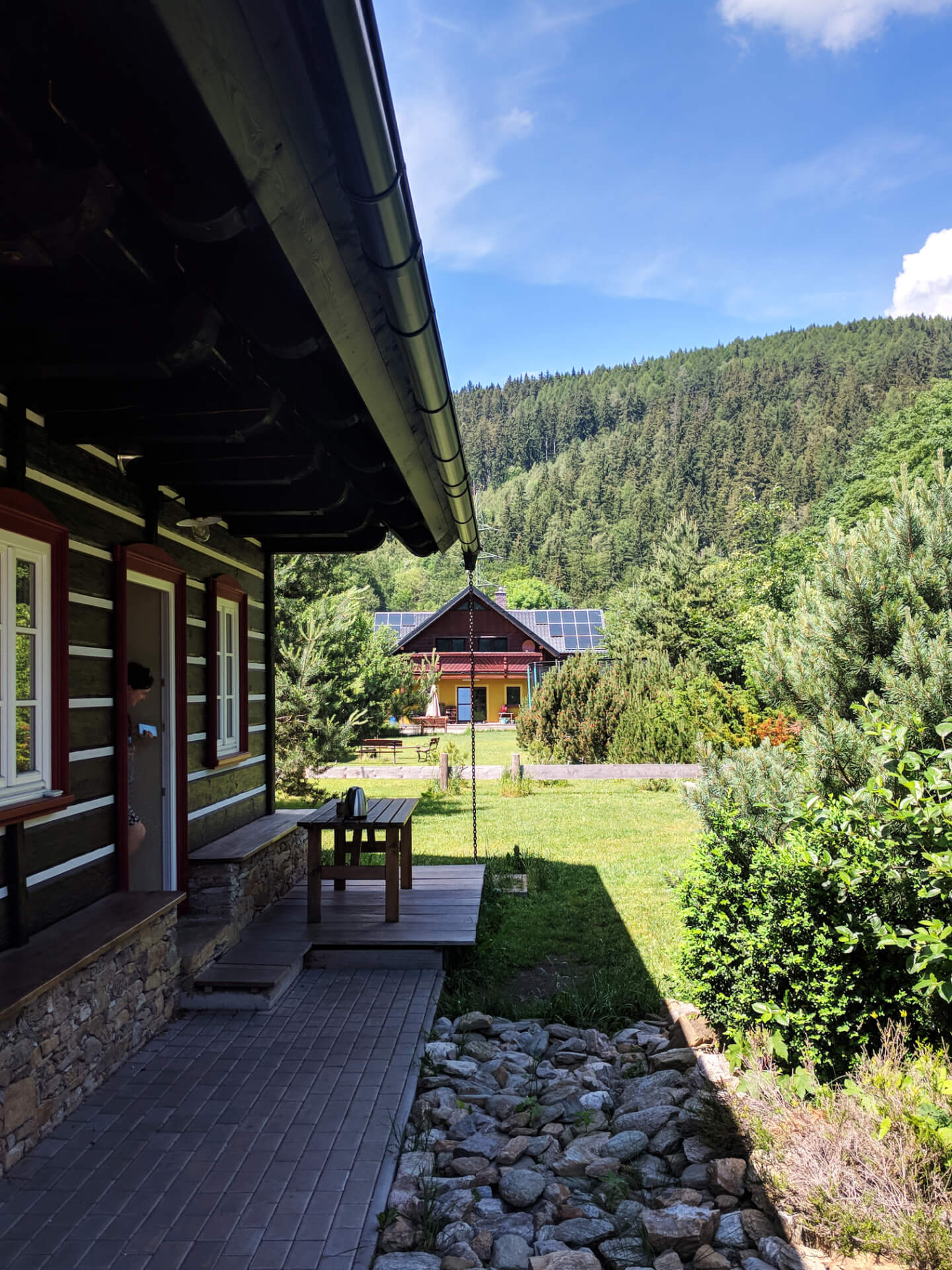
Our home for the week
When it came to planning quickly and without unnecessary fuss, we stuck to the procedures which normally help us out as a remote team. Tools such as Slack and Notion meant we could comment and collaborate without wasting time in meetings, and guaranteed that everyone had the chance to weigh in.
Again, the curious can take a look at our time-saving planning doc here.
2. Scheduling
Slightly more complex was working out what we wanted to do with our time together. We wanted to strike a good balance between work and play, and let all the members of our team shine.
Given our aims, our schedule ended up being a rough 50/30/20 split.
Around half of our time went into directly work related planned activities. This included the big-picture workshops mentioned earlier, as well as covering a couple of concrete and practical matters (handling customer support, defining a product north-star metric).
More like 30% of our time went to planned activities that were purely for the purpose of enjoying ourselves together. Based on our location we decided on a days hike, as well as letting our teams existing talents shine.
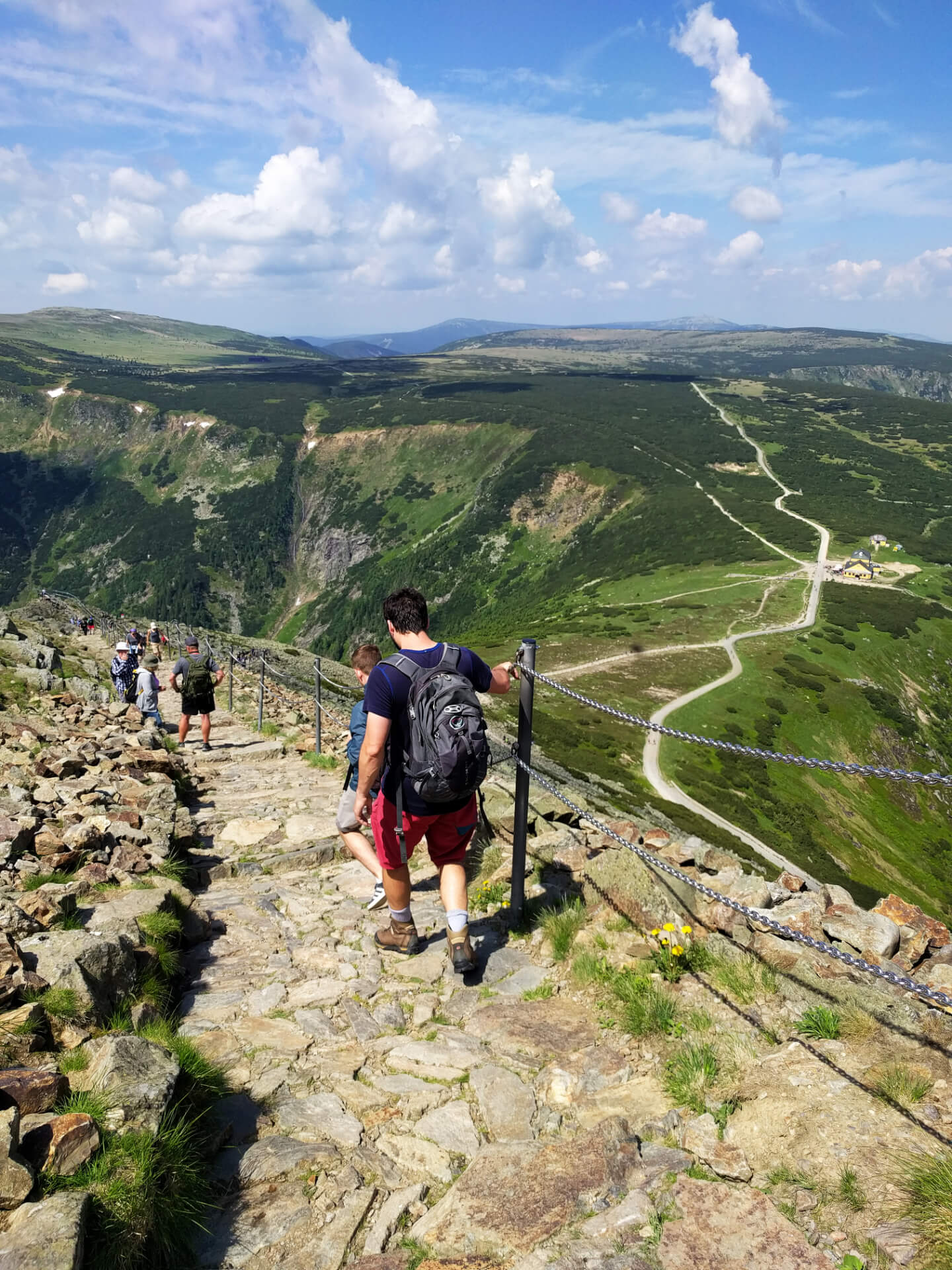
Using Notion (our new favourite for internal docs) everyone in the team suggested activities they could run (meditation session, beer tasting, etc). We then had a quick vote to see which options resonated, and put together a schedule.
That last 20% was the un-planned time. It involved the inevitable snacking, discussion of day to day work tasks, goofing around, and chatting that cottages in the countryside bring about. This time was very important, as without it everything might have remained very much colleagues-rather-than-friends. To be safe, we made sure to pack all the necessary components for enjoyable down-time.
Down-Time Packing List
- Musical instruments
- Board games and playing cards
- Bluetooth speaker
- Pens, pencils, paper
- Snacks
3. Logistics
Lastly we did some quick logistics run throughs. No matter how seamlessly or democratically we’d planned, basic questions remained. This is important as when many people plan one thing, it’s easy to assume someone else thought about bringing plug extensions.
Technology was important here. Did we all have each other’s phone numbers? Was the wifi at the cabin strong enough to support 8?
So were more basic concerns like bed-sheets, breakfasts, and sleeping arrangements.
At the end of the day we added our logistics points to Notion much like everything else, but being responsible for a session or workshop meant sitting down, figuring out what we needed, and making sure to have it.
The Results
Not to brag, but in short it went very well. All of our aims were achieved, our budget stayed small, nobody forgot their toothbrush.
You’ll be able to read more soon on this blog about the exciting ideas for SatisMeter that we’re working on, and how many of them came out of this retreat.
In addition, doing a (highly non-scientific) bit of maths, I can tell you that the number of jokes appearing in our Slack channels and Notion since coming home have increased roughly 10X. Sharing just a little of our personalities and hobbies has made a big difference.
[N.B. Even Non-SatisMeterers can benefit from our fun. We enjoyed some cocktails with our talented mixologist/developer, Konstantin. Find the recipes here!]
Relatively simply, and without much stress, we managed to bring the entire team together. We certainly generated some exciting ideas to move the company forward. Most importantly, we built relationships with all of our colleagues from across the board. Though we’ve been using the word team for years, we can now say it, and mean it.
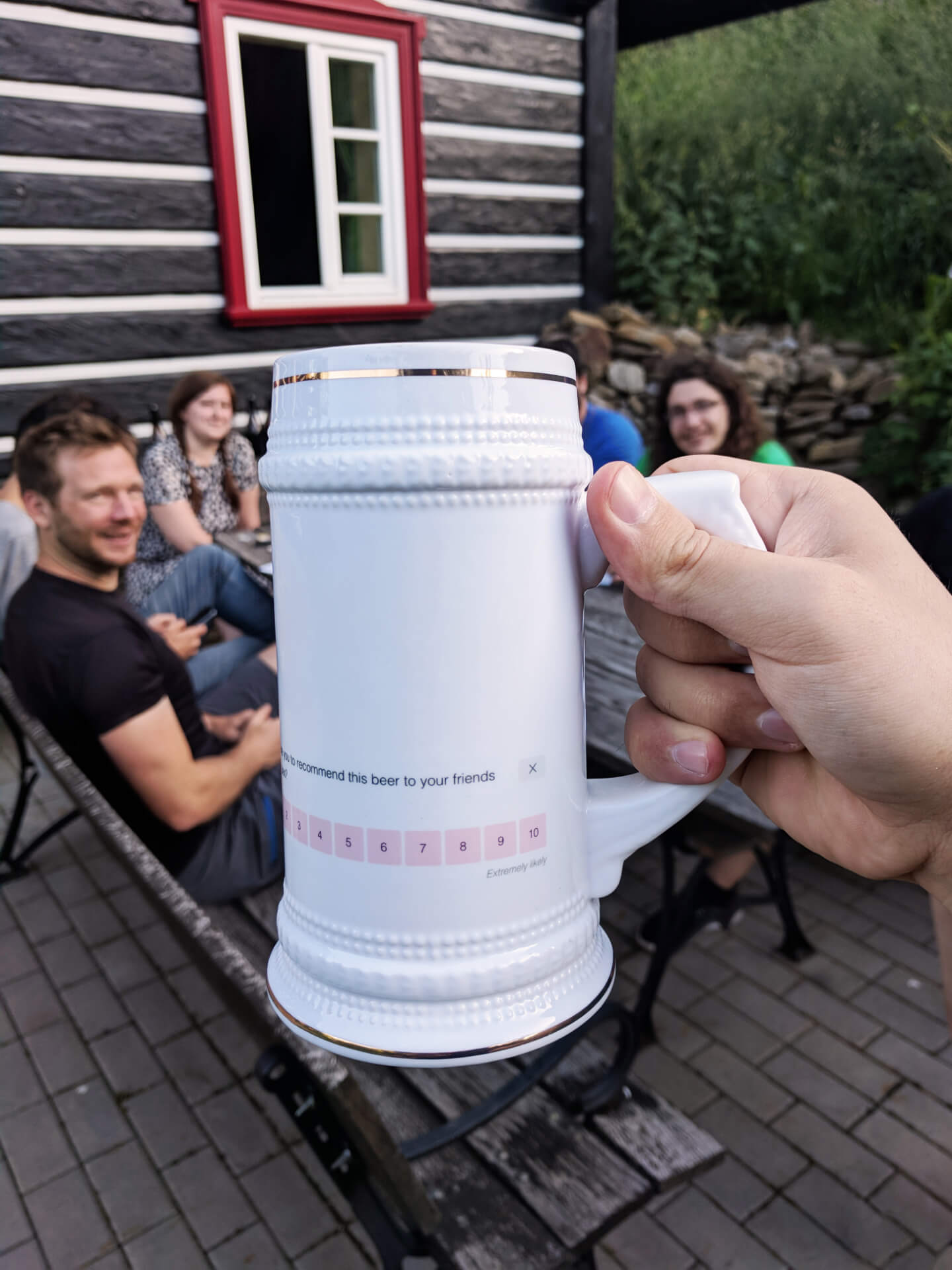
Want to learn more about who we are and what we do? Checkout our team page.
